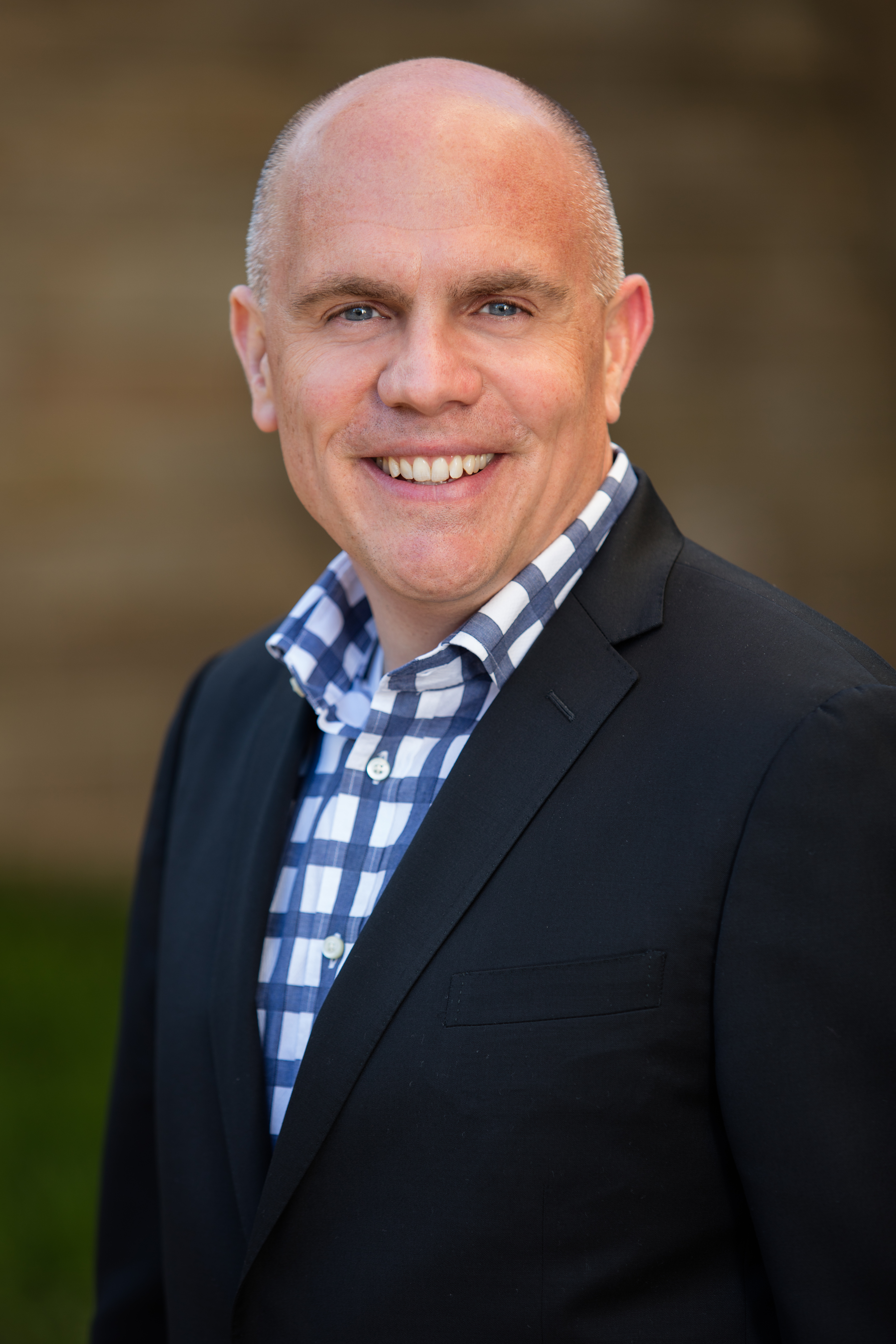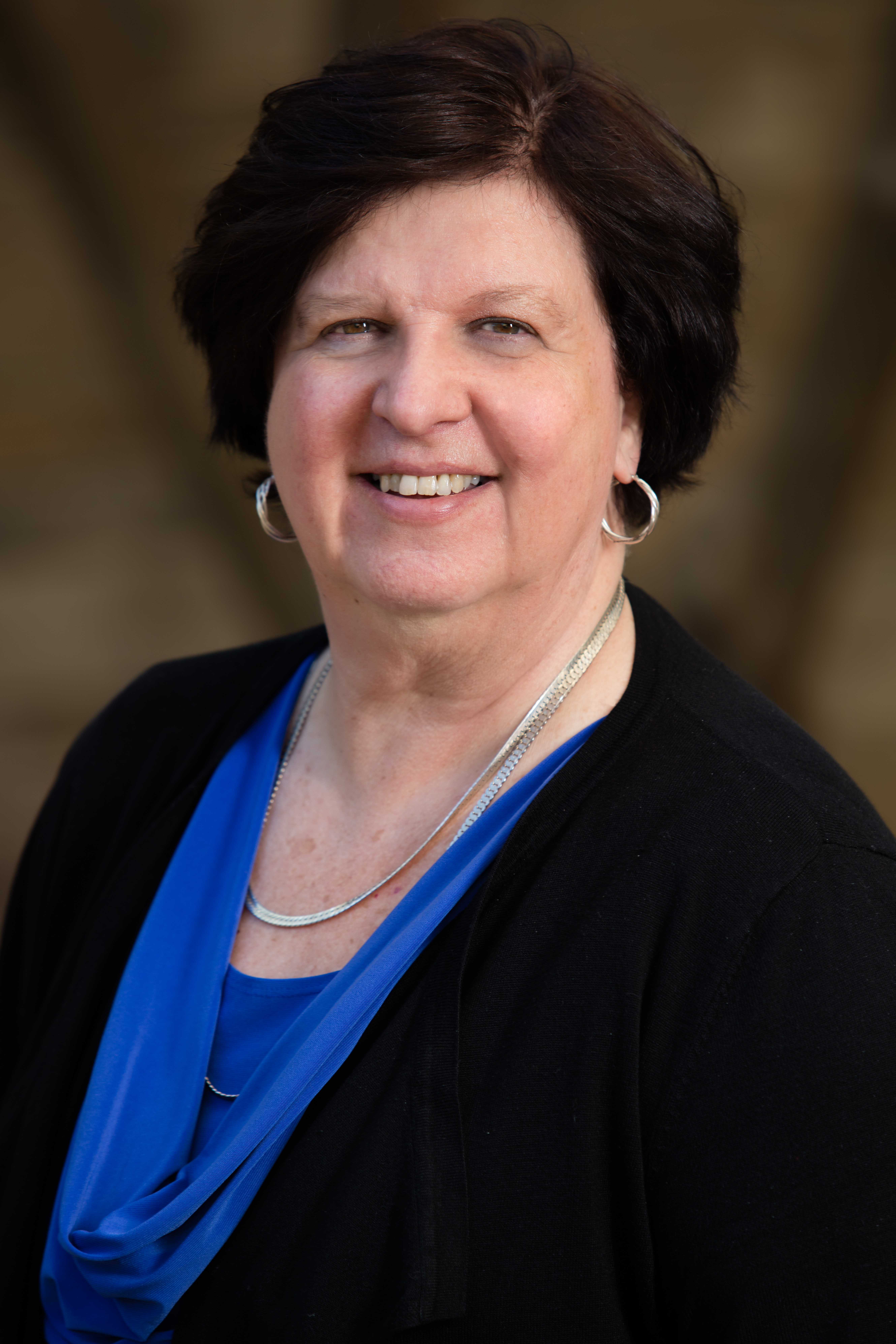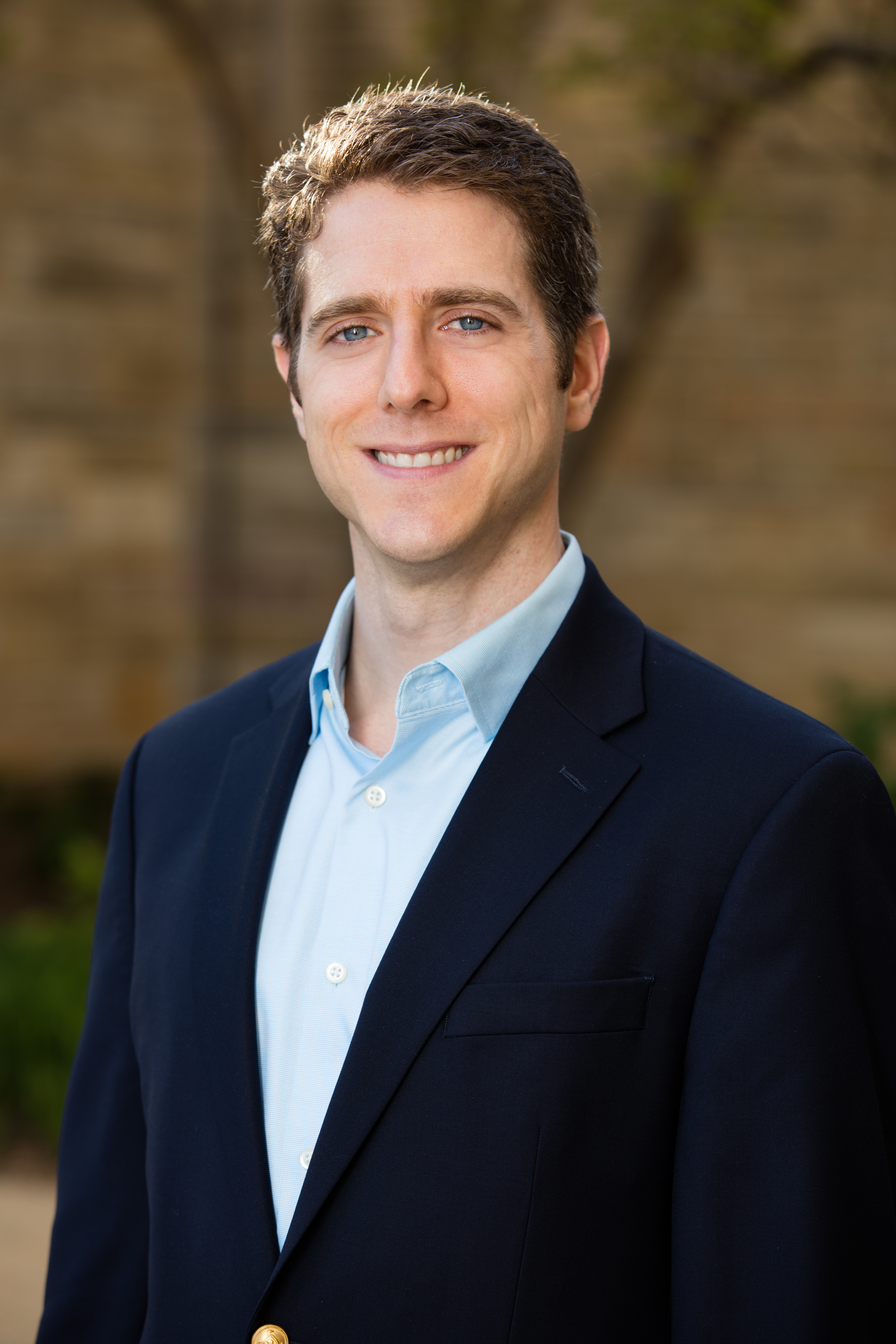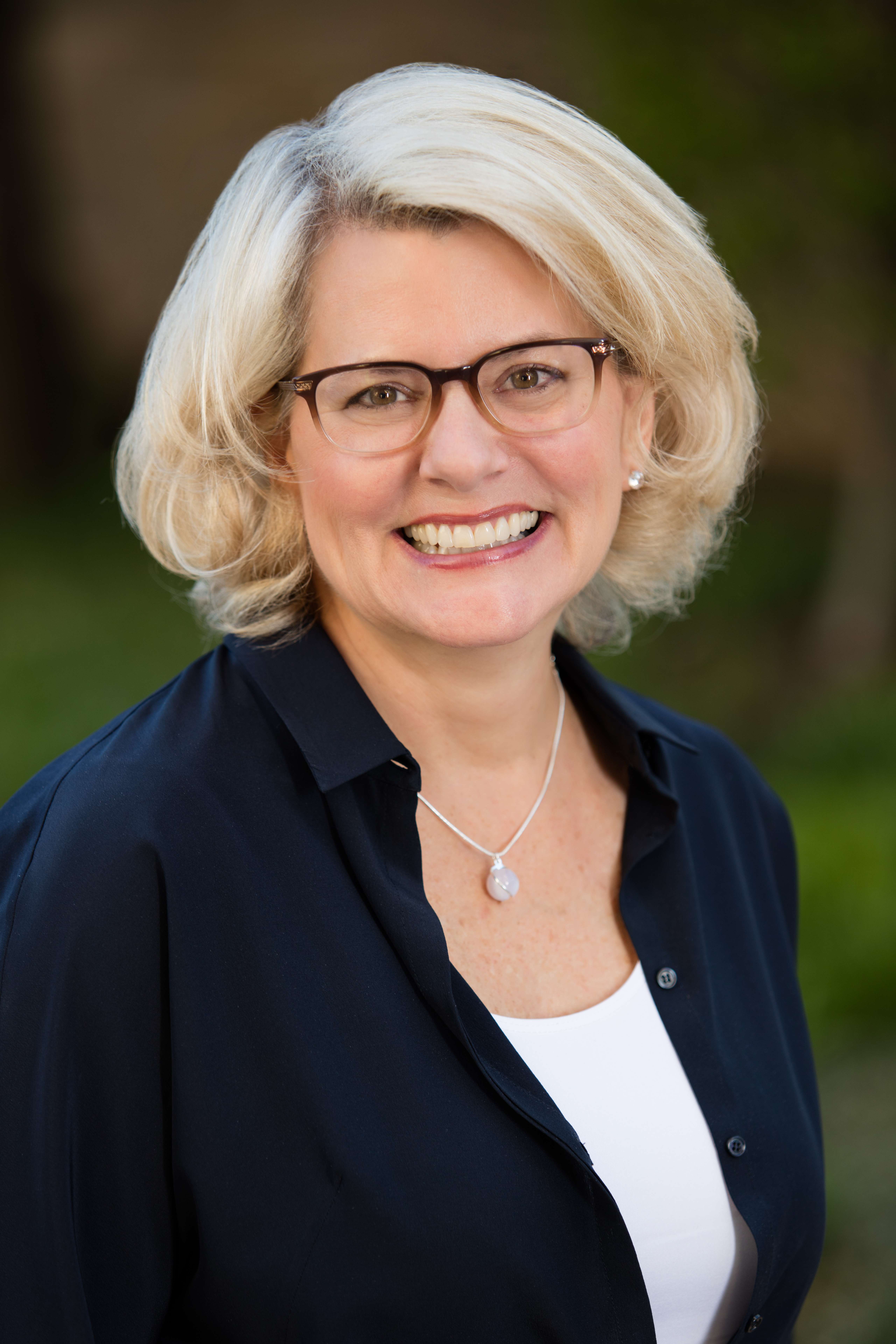When we hear similar stories from multiple clients, we take notice. Recently, several rare disease companies have reported new challenges in working with clinical research organizations (CROs). In some cases, recent industry consolidation is leading to disruption or delays in recruitment.
Clinical trials are one of the most critical steps in drug development. They are resource intensive, and there’s rarely a “do over.” The Rare Collective took a step back to discuss the differences in clinical trials for orphan drugs and “mainstream” pharmaceuticals. Paying attention to these issues improves the chance of success.
Patti:
There’s no magic bullet for quickly recruiting an orphan drug clinical trial. A large CRO might have managed many trials for common diseases, but it’s simply impossible to build that kind of experience for an individual rare disease. Success depends not on a CRO’s size or resources, but rather on its ability to meet the targeting challenges specific to rare diseases. My best advice is to make sure that the team has deep experience in clinical trials for orphan drugs—don’t let your company be anyone’s guinea pig!
David:
One of the best ways to avoid being trapped with a CRO lacking in orphan drug experience is to know your market before designing the trial. That will help you identify a CRO that is qualified to deal with the specifics of your rare disease. Clinical trials may seem like a non-commercial activity, but the factors that influence your market opportunity also have a huge impact on trial recruitment. Ask yourself:
- How many patients really have the disease?
- What is the natural history of the disease and how many patients could potentially qualify for your trial?
Patti and I recently worked with a client whose clinical trial for an ultra-orphan drug was bogged down because the inclusion criteria didn’t match the real-world disease experience of patients.
Patti:
Knowing the market goes beyond the question of “How many?” You must also ask, “Is this recruitable?” We find ourselves doing more and more early stage market research to test the trial design and key inclusion/exclusion criteria.
Another important question is “Where?” The answer to this is more complicated than just physician specialty. Rare diseases are often managed by a small set of doctors who have a personal interest in the condition. If patients are concentrated with these physicians and their centers, recruitment will depend on having a strong relationship with them. In other situations a patient may be diagnosed by a “physician expert”, and because there is not a therapy available, they are treated on an ongoing basis by a local doctor.
A large CRO might have a Rolodex of thousands of physicians in the “right” specialty, but that doesn’t mean those doctors actually treat the patients you need to find. Our proprietary database, called MDex™, contains more than one million healthcare providers – many include their rare disease interest and experience. This powerful tool helps us better answer the question of “Where?”
Chris:
When you talk to those doctors and patients, it’s essential to have a communication plan that inspires action. The best Rolodex in the world is meaningless if patients decline to join your trial.
Your recruitment communication plan should:
- Generate interest
- Set expectations
- Spark participation
By definition, orphan drug trials start with a small pool of potential participants. A drug developer can’t afford to waste patient engagement with communication that confuses, alienates, or simply bores the patients. Patients and caregivers living with rare disease can be physically and emotionally drained, so make sure you take the best shot on goal the first time. Multi-media approaches can be highly effective, and the content needs to match the needs and interests of the patient community.
Patti:
That’s why an early step in trial planning should be to learn what matters to the patients. Conduct market research to learn how the disease affects their lives and what kind of improvements would be meaningful to them. Trial endpoints should incorporate patients’ priorities; they can be powerful messengers if they believe in your therapy.
Jean:
As Patti said, much of your success will depend on whether you have patients’ support. It helps to have the right trial endpoints, but if you want the patient community to be excited about your work, you’ll need to demonstrate that you have their interests at heart. Give the patients a voice in the process and support their advocacy groups. Rare diseases can make patients feel alone and vulnerable; they will be grateful if you offer them a therapy, but they will be proud if you can empower them.
David:
The best results we’ve seen ensure the patient voice is captured in a meaningful way – regulators are receptive to patient stories, but balancing fact and emotion is key. You need to think ahead of time about getting a good representative sample of patient input and capturing it in a way that gives actionable input to the development team and regulators.

Chris Smith is the President and CEO of SmithSolve, a communications agency helping clients earn trust, manage risk and break through the noise.

Jean Campbell is the Founder of JF Campbell Consultants and a nationally recognized advocate for patients with rare diseases.



 RARE COLLECTIVE® is a trademark of Rare Collective, LLC.
RARE COLLECTIVE® is a trademark of Rare Collective, LLC. 